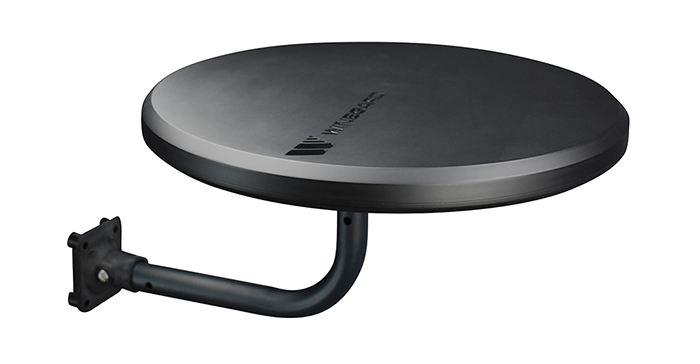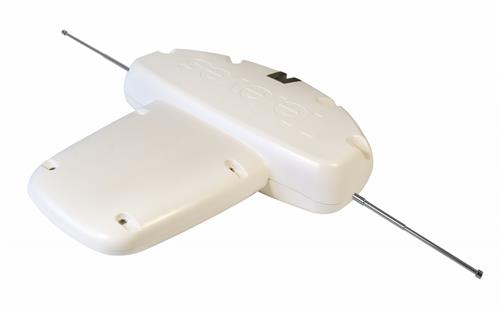Going out on the road is a great way to enjoy the summer. And RVs are more popular than ever. Why not take all the pleasures of home with you? And when you settle in, why not enjoy a little entertainment?
Your cell phone may not be enough
Of course, you have a cell phone with you when you travel. I mean, everyone does. But, it may not be enough to keep you entertained in the evenings when you settle in. There are plenty of RV parks that are just in the middle of nowhere. The cell service isn’t great. That’s sort of what they mean by “getting away from it all.” At least, that’s the old definition. The new definition includes staying connected when you want to. Unfortunately a lot of RV parks haven’t caught up
TV antennas are a great idea
A TV antenna is a buy-once, enjoy-forever kind of purchase. You can leverage the TV built into your RV and get tons of free programming without worrying about burning up your data plan or having poor reception. People have been using TV antennas on their RVs since even before cellular data existed, and there’s a reason: it works.
Although, when I say “it works” I should be honest about something. The digital TV standard used in the US was designed to give great results while you’re standing still. Unfortunately, once you’re going more than about 15 miles per hour, you lose all reception. But that shouldn’t worry you. After all, while you’re in the RV you’re enjoying the open road. TV is great for when you’ve settled in for the night.
Aiming the TV antenna
When it comes to aiming your antenna, you have two easy options.

If you really want the easiest experience, why not choose an antenna that doesn’t need to be aimed? This Winegard Elite 360 gets signals from all directions. Mount it to the RV or put it on a tripod once you get to the campground. At that point you don’t have to worry about aiming at all.
You’ll find this antenna performs pretty well at a range of up to 55 miles. However, all omnidirectional antennas have compromises. This one will perform for you from a decent distance, but the reception may not be as strong as an antenna you aim manually.

This Televes Dinova Boss Mix claims 60 mile range and sets up easily. It’s also less expensive than the Winegard antenna. But, it does need to be aimed in order to get the best results. It has telescoping dipoles to let you get VHF signals, which are more common than they were just a few years ago.
Simple aiming for an antenna
You don’t need apps or fancy web sites if you don’t want to use them. If you do want a techy experience, check out this app from Winegard. It’s free and works with all brands of antennas. It will give you an augmented-reality view of the TV towers than makes aiming a breeze.
If you just want a quick aim, though, you don’t have to get that fancy. Pull out a map or your phone and find the nearest large city. Then using a compass or the compass app on your phone, aim the antenna at that city. It doesn’t have to be precise. You’re putting up an antenna for one night and close is definitely close enough. Most antennas will let you be off by 10 or 15 degrees before reception is affected anyway.
Don’t forget to scan for channels
Once the antenna is hooked up, you’ll need to do a channel scan. This only needs to be done once per location and it usually takes just a minute or two. Every TV is different, but generally you start be pressing the MENU button on the TV’s remote and looking for a setting for “Off-Air” or “Antenna.” Then look for the setting for “Scan” or “Rescan.” Make sure the TV is set to the ANTENNA input and let it go.
If you have a very old TV that doesn’t get the new digital signals, you can get a converter box like this one and keep using that old TV. The setup process is basically the same.





